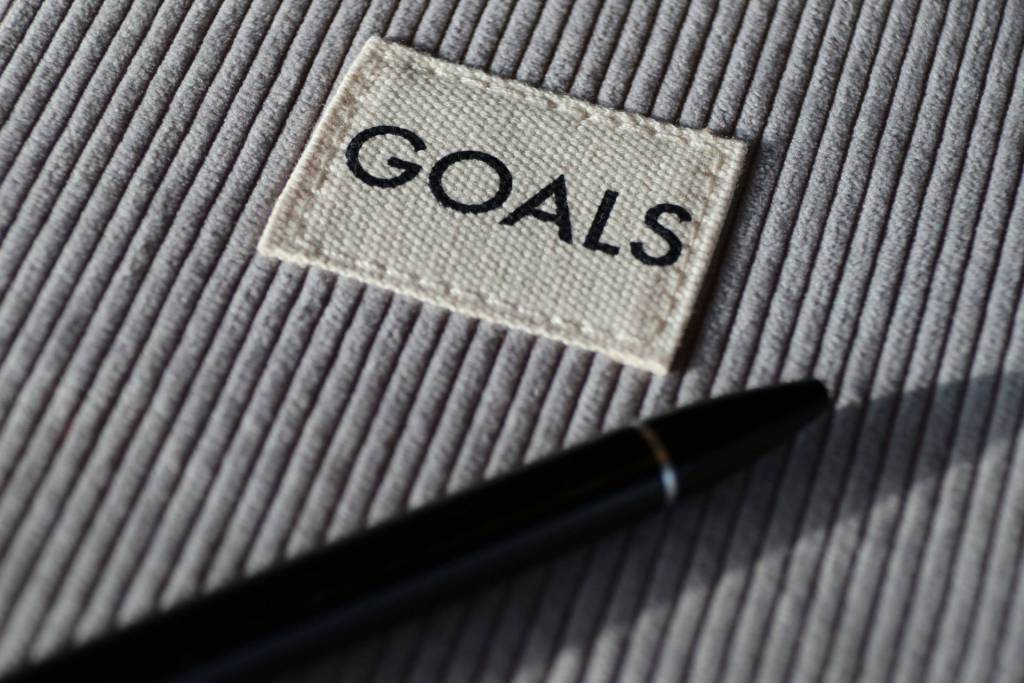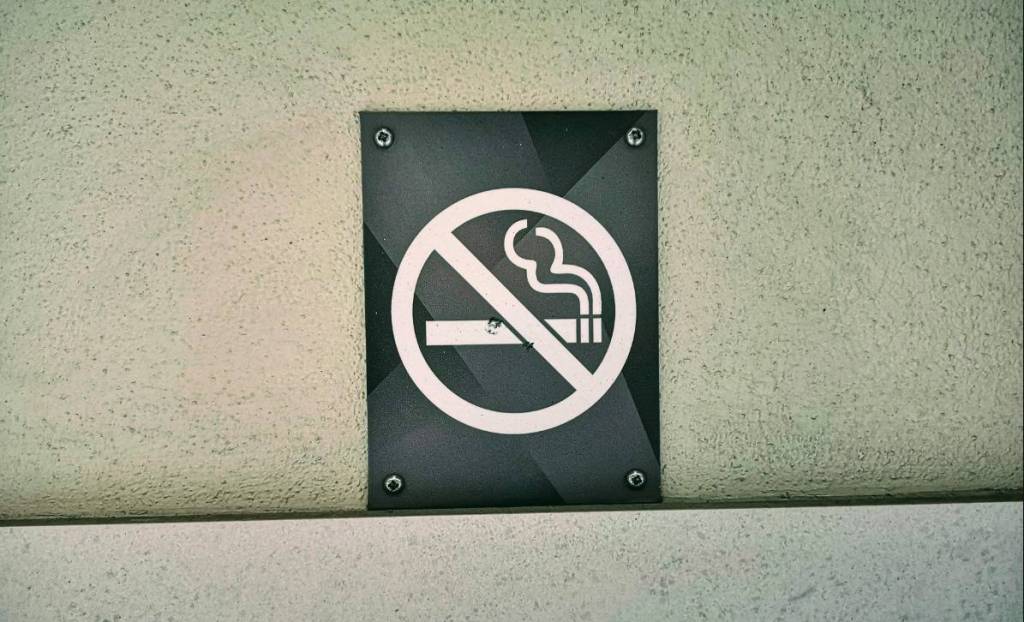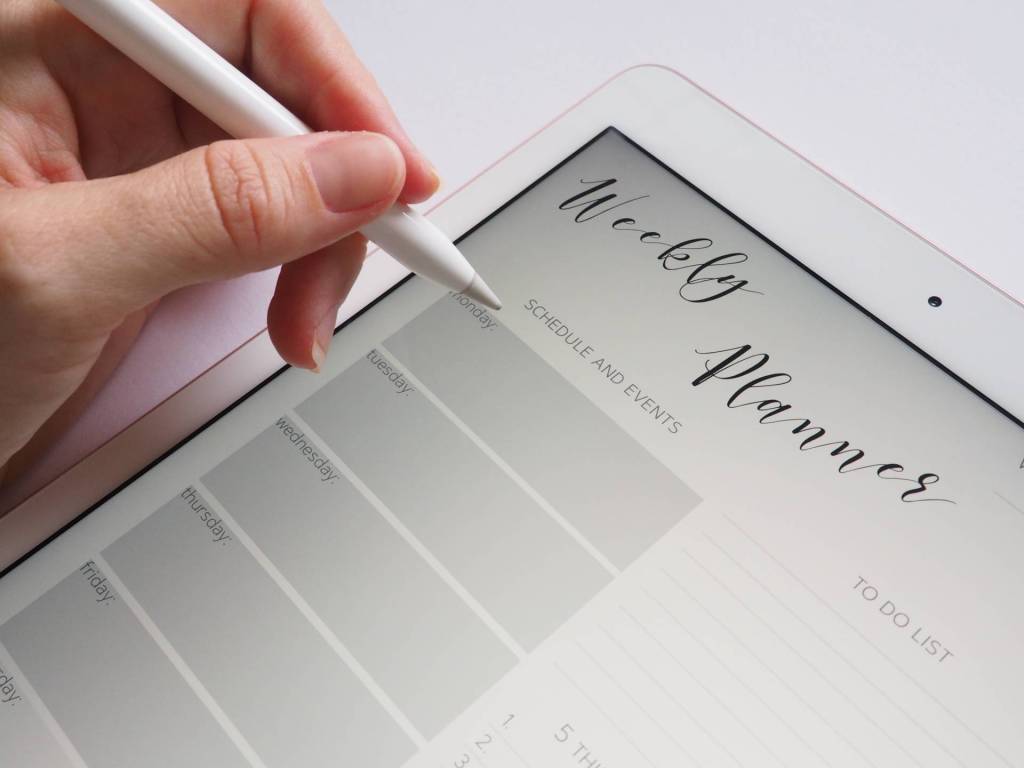What do you do when you’re trying to understand something?
Do you gather data?
Do you phone a friend?
Or do you get a pen and paper and write it down?
If you’re really trying to understand something sometimes it makes sense to write it down. This is especially true for kinesthetic learners. The act of writing it down does something withing your brain chemistry that makes it especially helpful for thinking, learning and remembering.
Whether it’s on a whiteboard, a piece or paper, or something else it’s sometimes worthwhile to just write it out! Or Map it out.
Mind Maps and Sanity Checks
When it comes to mapping it out there are a lot of options to choose from. For me personally I like mind maps. I also like T-Charts. Ultimately, use whatever works for you.
- Mind Maps – I use mind maps to think creatively around problems, issues and ideas. Sometimes it takes a few iterations of a mind map to really get to the root cause of the issue.
- T-Charts – Sometimes these are called Ben Franklin Charts. The idea is to have two columns of information. There are different ways to label the columns, but the most common examples for T-Charts are with the headers Pro and Con. Then you put an idea along the top edge and start thinking about the topic. You can use the T-Charts to map out and validate your ideas.
- Whiteboards & Butcher Paper – I use these as my canvas. Sometimes it’s nice to be able to have the semi-unlimited canvas to workout ideas. (see Pro Tip below for capturing these in real-time)
- Chat it Out – I like to talk while I ruminate thru ideas. Sometimes to myself and sometimes in a group. If this works for you … Use it. But, be warned: some people find this way of brainstorming to be distracting. Use your discretion.
Pro Tip: I use Microsoft’s Office Lens application (it’s free for iPhone, Android and other mobile devices) to capture documents and whiteboards. I have mine setup to send directly to OneNote (which is also free for all mobile devices).
What Can a Map Do for You?
Creating a map … via whatever means work for you … is a way for you to think about, process, and evaluate ideas. When you can map things out they can help you personally and can help your professionally. Being a good mind mapper will help you stand out in your career. As you get better at mapping out your ideas you’ll see that you invariably consider multiple options and angles. When you can see things from various perspectives you’ll likely be able to take on a much bigger picture (and longer term) view of the challenge at hand. In doing so you will stand out in your career.
Managers are Looking for Problem Solvers
While it may seem obvious that companies want people to solve problems and not create them it is worth stating the obvious here. People that can look at a challenge and can map out a few ways to think about addressing those challenges become increasingly valuable as they move up and through the organization. As you get better at mapping out your ideas you will likely find tools and tips that work better for you and for your intended audience.
Pro Tip: Invite your (intended) audience to chime in.
Learn from your experiences and put them to use the next time you see a problem. Then find a whiteboard, butcher paper roll or piece of paper and start to map it out.













